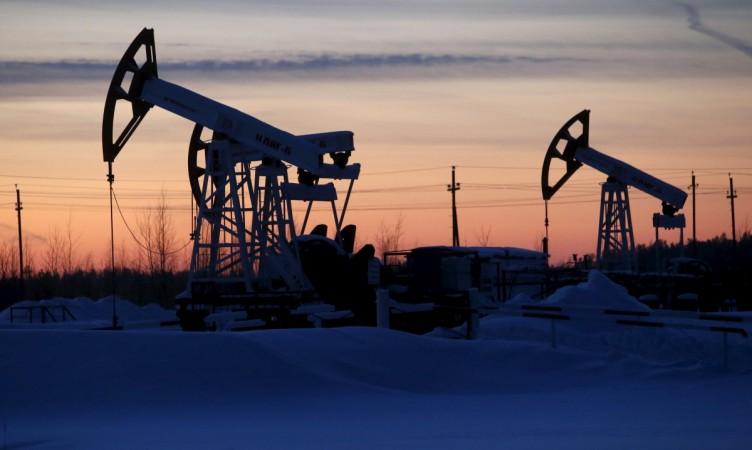
Oil prices rose by more than 1 percent on Monday as producer cartel OPEC moved closer to an output cut to rein in oversupply that has put pressure on prices for over two years.
International Brent crude oil futures LCOc1 were trading at $47.48 per barrel at 0633 GMT, up 62 cents, or 1.3 percent, from their last settlement.
U.S. West Texas Intermediate (WTI) crude CLc1 was up 1.2 percent, or 56 cents, at $46.25 a barrel.
Traders said that markets were being supported by advancing plans by the Organisation of the Petroleum Exporting Countries (OPEC) to cut production following over two years of low prices as a result of output exceeding demand.
"Crude oil will continue to be driven by headlines as the 30 November meeting regarding production cuts draws closer," ANZ bank said on Monday.
Agreeing on the terms of such a deal has proved tricky as some producers, most notably Iran, have been reluctant to cut output.
But an agreement has become more likely as Iran, keen to increase output after international sanctions against it were lifted last January, was expected to be given an exemption if it agrees to at least cap its production rather than cutting it. This would leave the onus of an outright reduction on other OPEC-members, including its political rival and de-facto OPEC-leader Saudi Arabia.
Barclays said that some form of production cut deal was likely, but the bank added that any such agreement might have little impact on markets.
"We expect OPEC to agree to a face-saving statement," the British bank said, but added that "U.S. tight oil producers can grow production at $50-$55 (per barrel) and will capitalise on any opportunity afforded to them by an OPEC cut".
Beyond the talk of a potential production cut, there were also signs of ongoing market weakness.
Japan, the world's fourth biggest oil consumer, on Monday reported a fall of 9.5 percent in crude oil imports in October from the same month a year earlier, to 2.78 million barrels per day.














